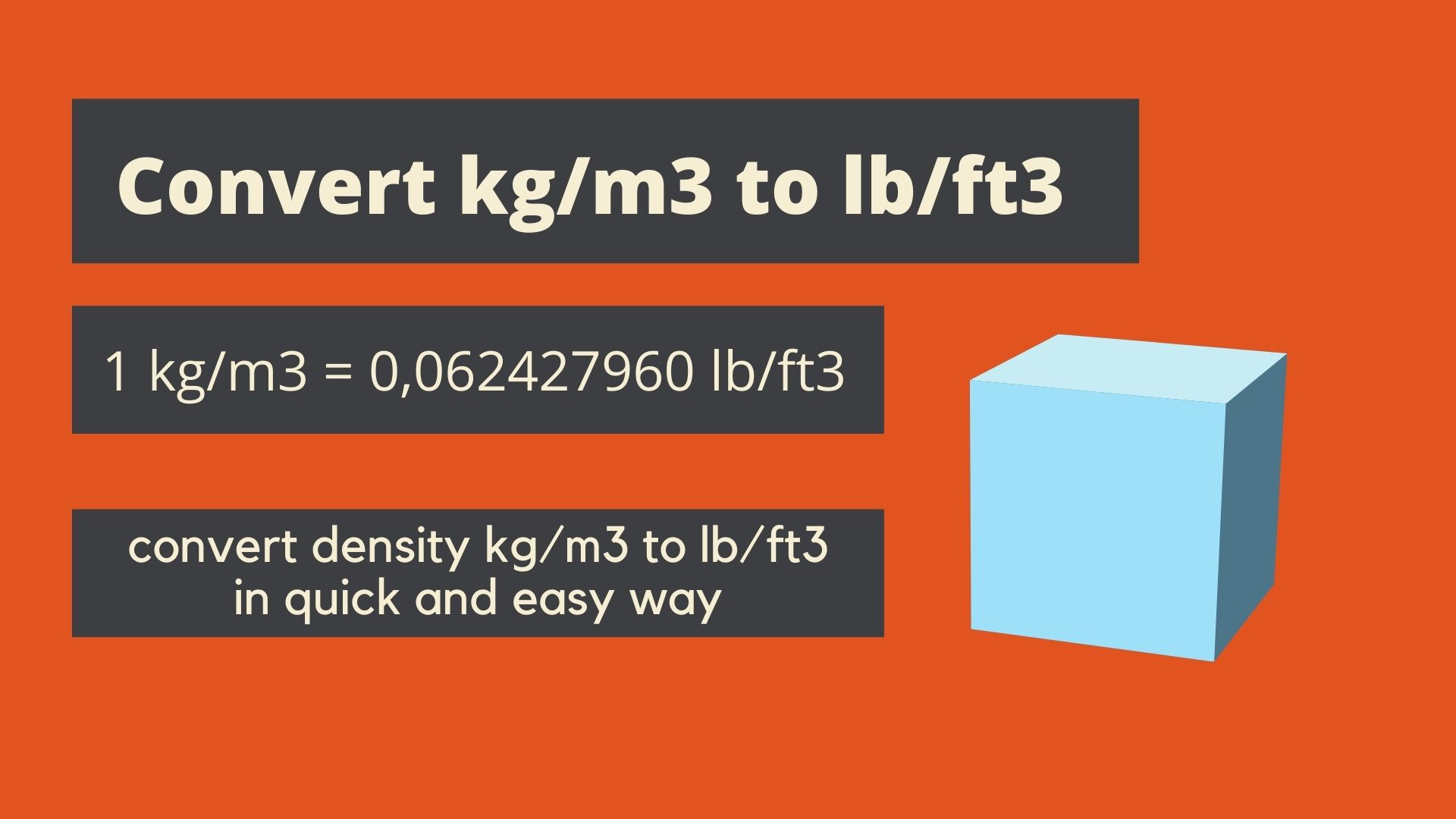If you've noticed a decrease in water pressure in your kitchen sink, the first thing you should check is the aerator. This small, mesh screen at the end of your faucet can easily become clogged with mineral deposits, debris, or other buildup. To clean it, unscrew the aerator from the faucet and soak it in a solution of equal parts water and vinegar for about an hour. Then, rinse it off and screw it back onto the faucet. This simple fix can often restore the water pressure in your sink.1. Check the aerator
If cleaning the aerator doesn't fix the issue, the next step is to check the water supply valves. These valves are typically located under the sink and control the flow of water to the faucet. Make sure they are fully open and not partially closed, as this can restrict water flow. If you notice any leaks or damage to the valves, they may need to be replaced.2. Check the water supply valves
If the aerator and water supply valves are not the cause of your low water pressure, the problem may lie within the pipes themselves. Over time, debris, grease, or other buildup can accumulate in the pipes and cause clogs. To check for clogs, first turn off the water supply to the sink. Then, disconnect the pipes under the sink and inspect them for any obstructions. If you find a clog, use a plumbing snake or a plunger to clear it out.3. Check for clogs in the pipes
If you have a water pressure regulator installed in your home, it may be the culprit behind your low water pressure. This device controls the water pressure coming into your home and can become damaged or malfunction over time. If you suspect the water pressure regulator is causing the issue, it's best to call a professional plumber to repair or replace it.4. Check the water pressure regulator
Leaky pipes can also cause a decrease in water pressure. Even a small leak can significantly reduce the amount of water that reaches your faucet. To check for leaks, turn off all water sources in your home and check your water meter. If the meter is still moving, it could indicate a leak in your pipes. In this case, it's best to call a plumber to fix the issue.5. Check for leaks in the pipes
The faucet cartridge is responsible for controlling the flow of water in your faucet. If it becomes damaged or clogged, it can lead to low water pressure. To check the cartridge, turn off the water supply to the sink and remove the handle and cartridge. Inspect the cartridge for any signs of damage or buildup and replace it if necessary.6. Check the faucet cartridge
If your kitchen sink is the only place experiencing low water pressure, the issue may be with your water heater. Sediment buildup or a faulty heating element can cause a decrease in water pressure. In this case, it's best to call a professional to service your water heater.7. Check the water heater
Sometimes, air can become trapped in your pipes and cause low water pressure. To fix this, turn off the water supply to your home and open all faucets, starting with the highest one. Let the water run for a few minutes until all the air is released from the pipes.8. Check for air in the pipes
If none of the above solutions fix the issue, the problem may be with your water main. This is the main water supply line that brings water into your home. If there is an issue with the water main, it's best to call your water company to fix it.9. Check the water main
If you've exhausted all of these options and are still experiencing low water pressure in your kitchen sink, it's time to call a professional plumber. They will have the expertise and tools to diagnose and fix the issue, ensuring that your kitchen sink has proper water pressure once again. Low water pressure in your kitchen sink can be a frustrating problem, but with these tips, you can easily troubleshoot and fix the issue. Remember to regularly clean your aerator and check for leaks and clogs in your pipes to prevent future problems. And if all else fails, don't hesitate to call a professional for assistance.10. Call a plumber
The Importance of Proper Plumbing in House Design

The Kitchen Sink and Its Role in the Home
 When it comes to house design, every aspect plays an important role in creating a functional and comfortable living space. This includes the plumbing system, which is responsible for supplying clean water and removing waste from the house. One of the most commonly used fixtures in a home is the kitchen sink, and when it starts to lose pressure, it can greatly affect the daily tasks and functionality of the space.
Lost pressure in the kitchen sink can be caused by a variety of reasons.
It could be due to a clogged pipe, a faulty faucet, or even a problem with the main water supply. This issue not only affects the flow of water, but it can also lead to leaks and water damage if not addressed promptly. As a homeowner, it is important to understand the importance of proper plumbing in your house design and to address any issues with the sink as soon as they arise.
When it comes to house design, every aspect plays an important role in creating a functional and comfortable living space. This includes the plumbing system, which is responsible for supplying clean water and removing waste from the house. One of the most commonly used fixtures in a home is the kitchen sink, and when it starts to lose pressure, it can greatly affect the daily tasks and functionality of the space.
Lost pressure in the kitchen sink can be caused by a variety of reasons.
It could be due to a clogged pipe, a faulty faucet, or even a problem with the main water supply. This issue not only affects the flow of water, but it can also lead to leaks and water damage if not addressed promptly. As a homeowner, it is important to understand the importance of proper plumbing in your house design and to address any issues with the sink as soon as they arise.
The Role of Plumbing in House Design
 Plumbing is an essential aspect of house design that often goes unnoticed until a problem arises. It is responsible for delivering clean water for cooking, cleaning, and bathing, as well as removing waste from the home. Proper plumbing also ensures that there is adequate water pressure for all fixtures, including the kitchen sink.
Without a well-functioning plumbing system, daily tasks can become difficult and even impossible to complete.
Plumbing is an essential aspect of house design that often goes unnoticed until a problem arises. It is responsible for delivering clean water for cooking, cleaning, and bathing, as well as removing waste from the home. Proper plumbing also ensures that there is adequate water pressure for all fixtures, including the kitchen sink.
Without a well-functioning plumbing system, daily tasks can become difficult and even impossible to complete.
Addressing Lost Pressure in the Kitchen Sink
 If you notice a decrease in water pressure in your kitchen sink, it is best to address it immediately. First, check the faucet for any clogs or mineral build-up that could be restricting the flow of water. You can also try adjusting the shut-off valves under the sink to see if that helps. If the issue persists, it may be a sign of a larger plumbing problem that requires the expertise of a professional plumber.
In addition to addressing the immediate issue, it is also important to
regularly maintain your plumbing system to prevent future problems.
This includes cleaning out drains and pipes, checking for leaks, and inspecting the main water supply. By staying on top of maintenance, you can ensure that your house design remains functional and comfortable for years to come.
If you notice a decrease in water pressure in your kitchen sink, it is best to address it immediately. First, check the faucet for any clogs or mineral build-up that could be restricting the flow of water. You can also try adjusting the shut-off valves under the sink to see if that helps. If the issue persists, it may be a sign of a larger plumbing problem that requires the expertise of a professional plumber.
In addition to addressing the immediate issue, it is also important to
regularly maintain your plumbing system to prevent future problems.
This includes cleaning out drains and pipes, checking for leaks, and inspecting the main water supply. By staying on top of maintenance, you can ensure that your house design remains functional and comfortable for years to come.
In Conclusion
 The kitchen sink may seem like a small aspect of house design, but it plays a crucial role in the daily functioning of a home. Lost pressure in the sink can not only be frustrating, but it can also be a sign of larger plumbing issues. By understanding the importance of proper plumbing in house design and addressing any issues promptly, you can maintain a functional and comfortable living space.
The kitchen sink may seem like a small aspect of house design, but it plays a crucial role in the daily functioning of a home. Lost pressure in the sink can not only be frustrating, but it can also be a sign of larger plumbing issues. By understanding the importance of proper plumbing in house design and addressing any issues promptly, you can maintain a functional and comfortable living space.





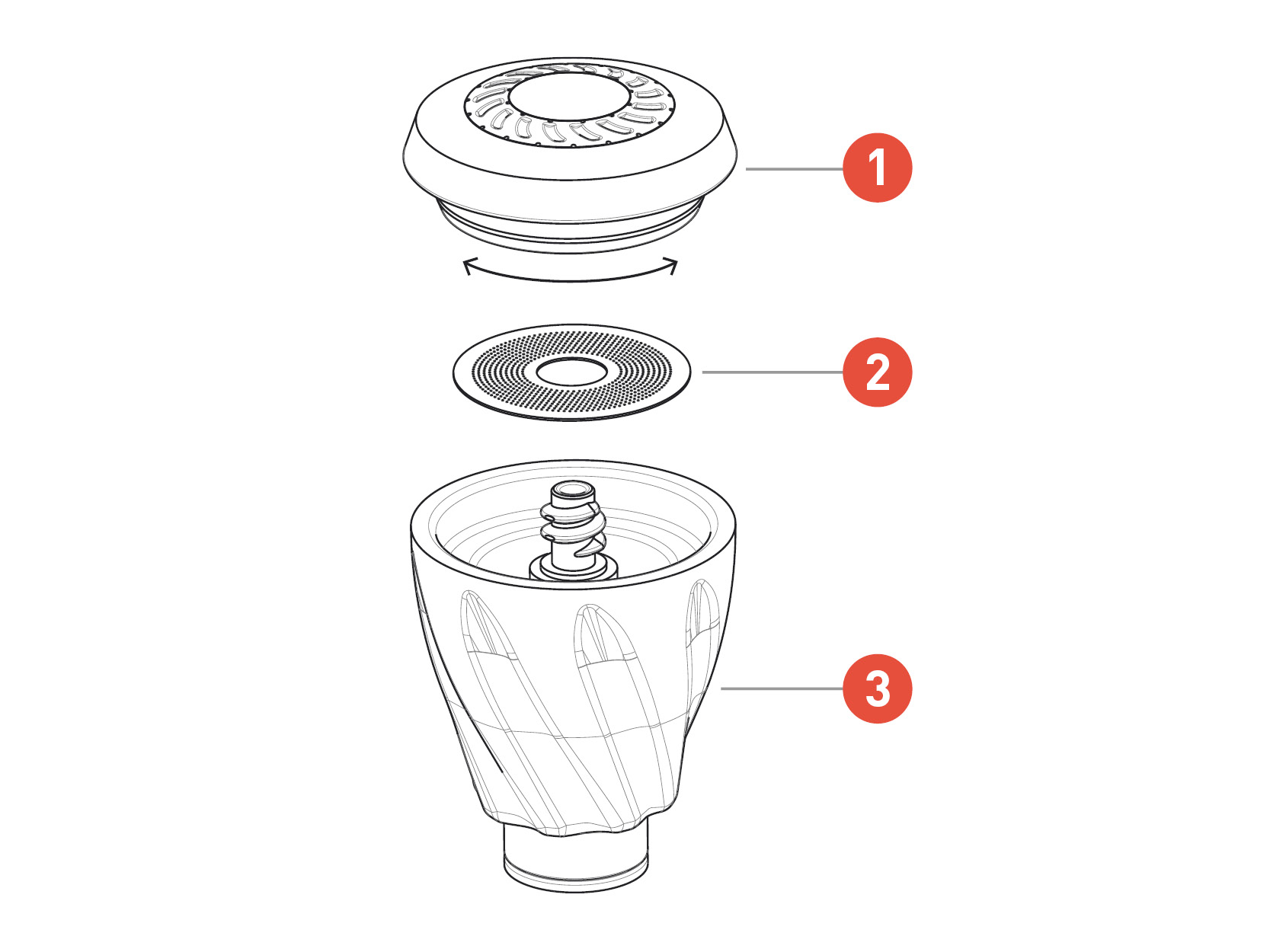
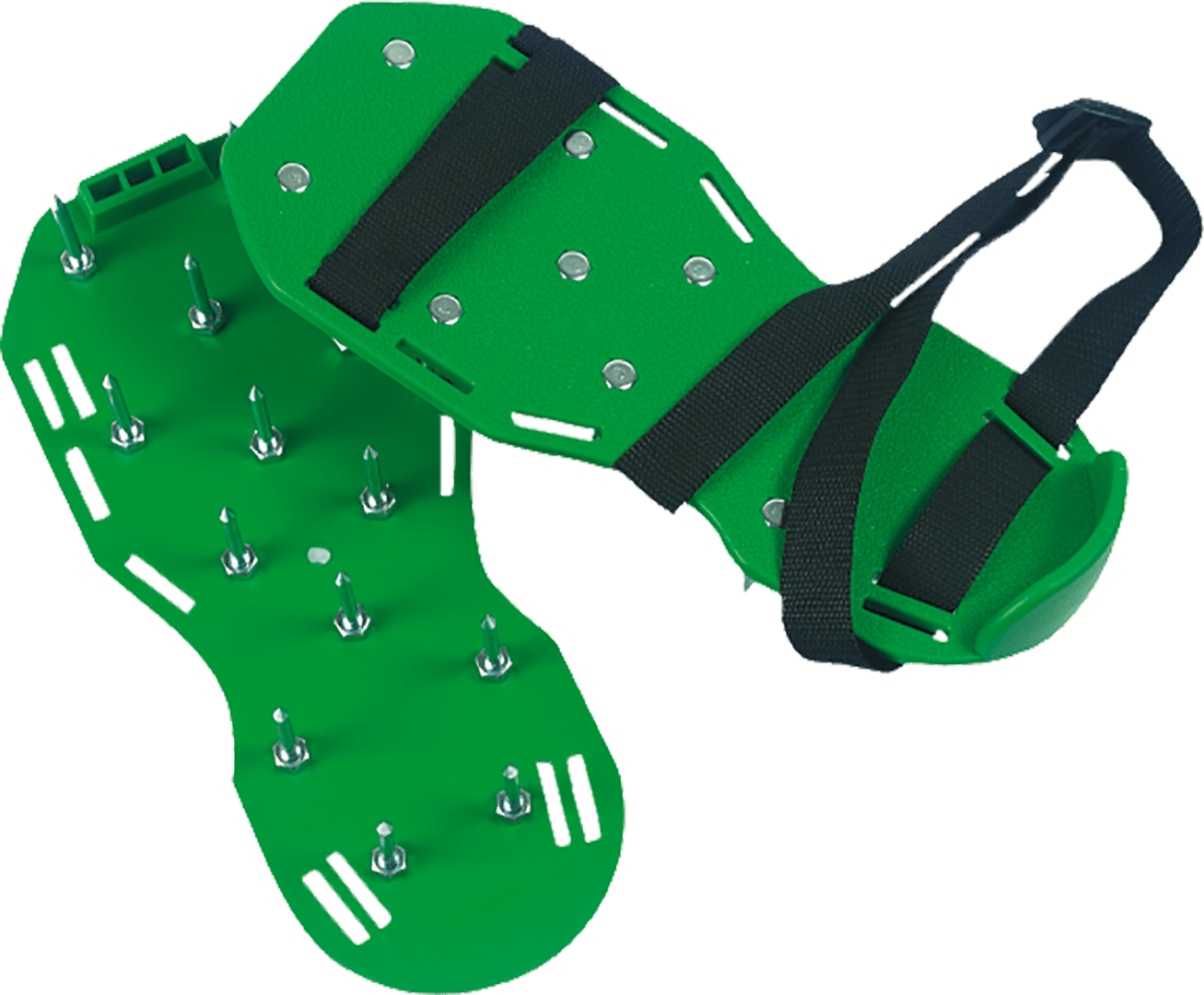

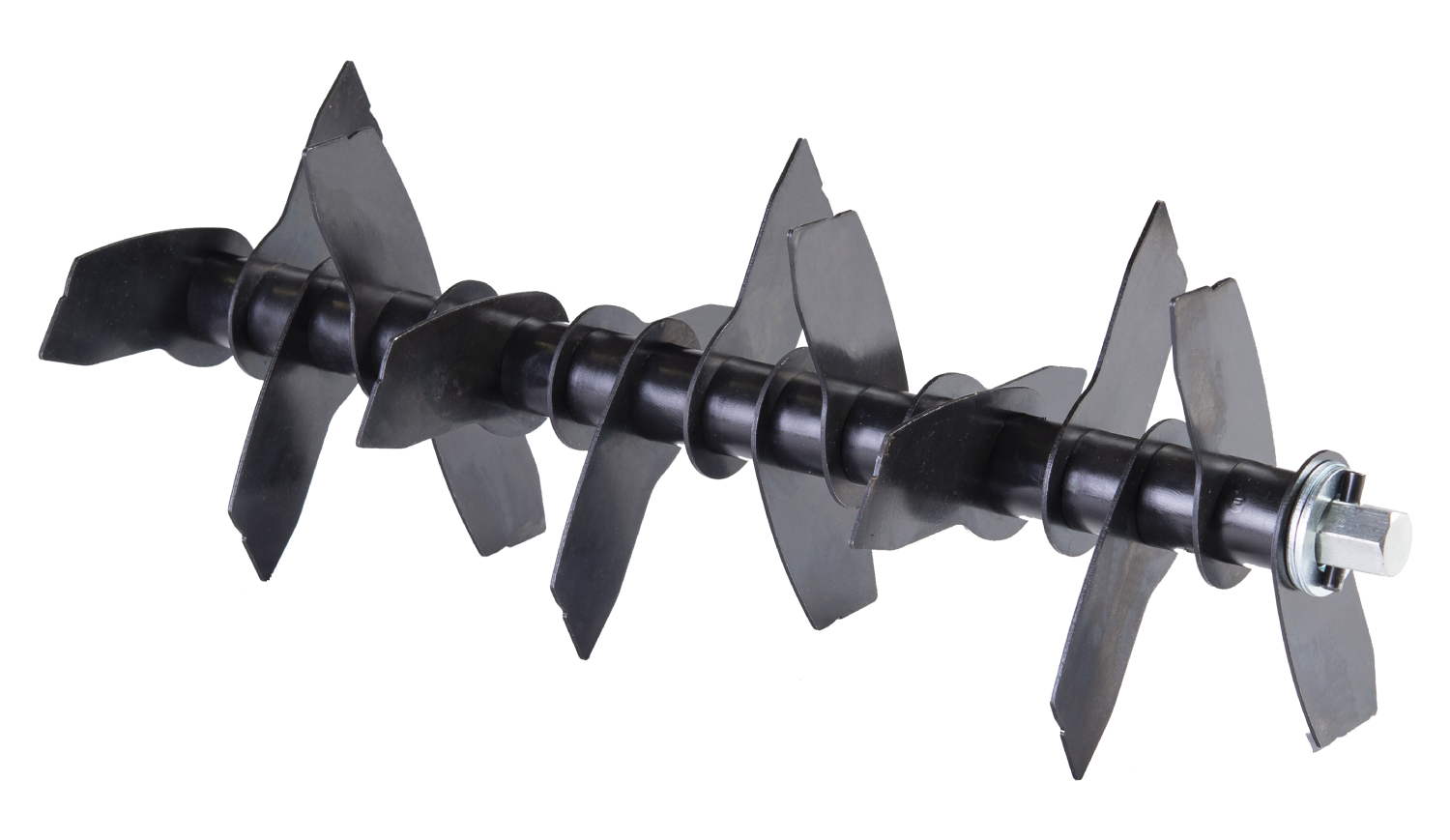

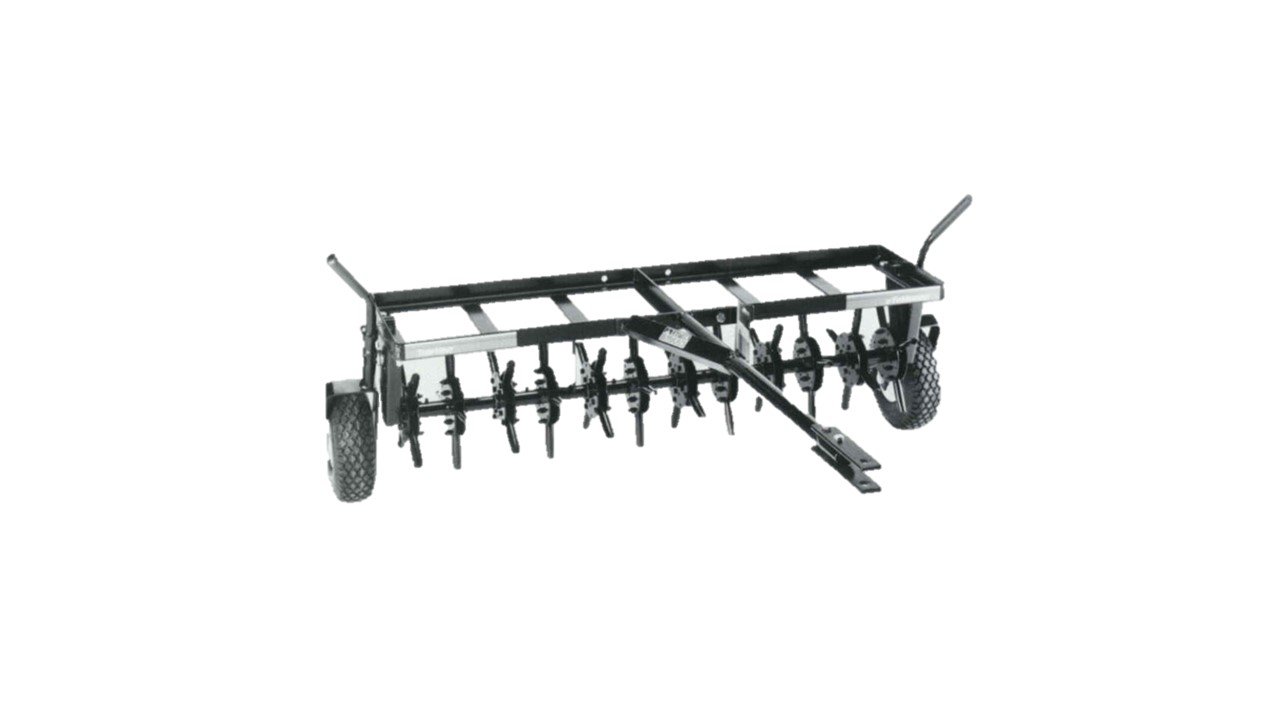





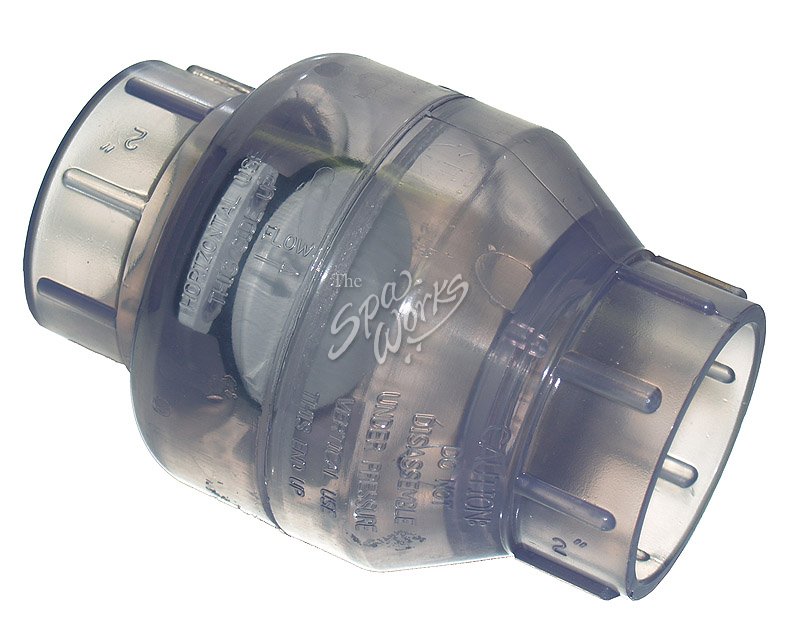
:max_bytes(150000):strip_icc()/GettyImages-106572292-3658474337224eda8721faead4f91390.jpg)

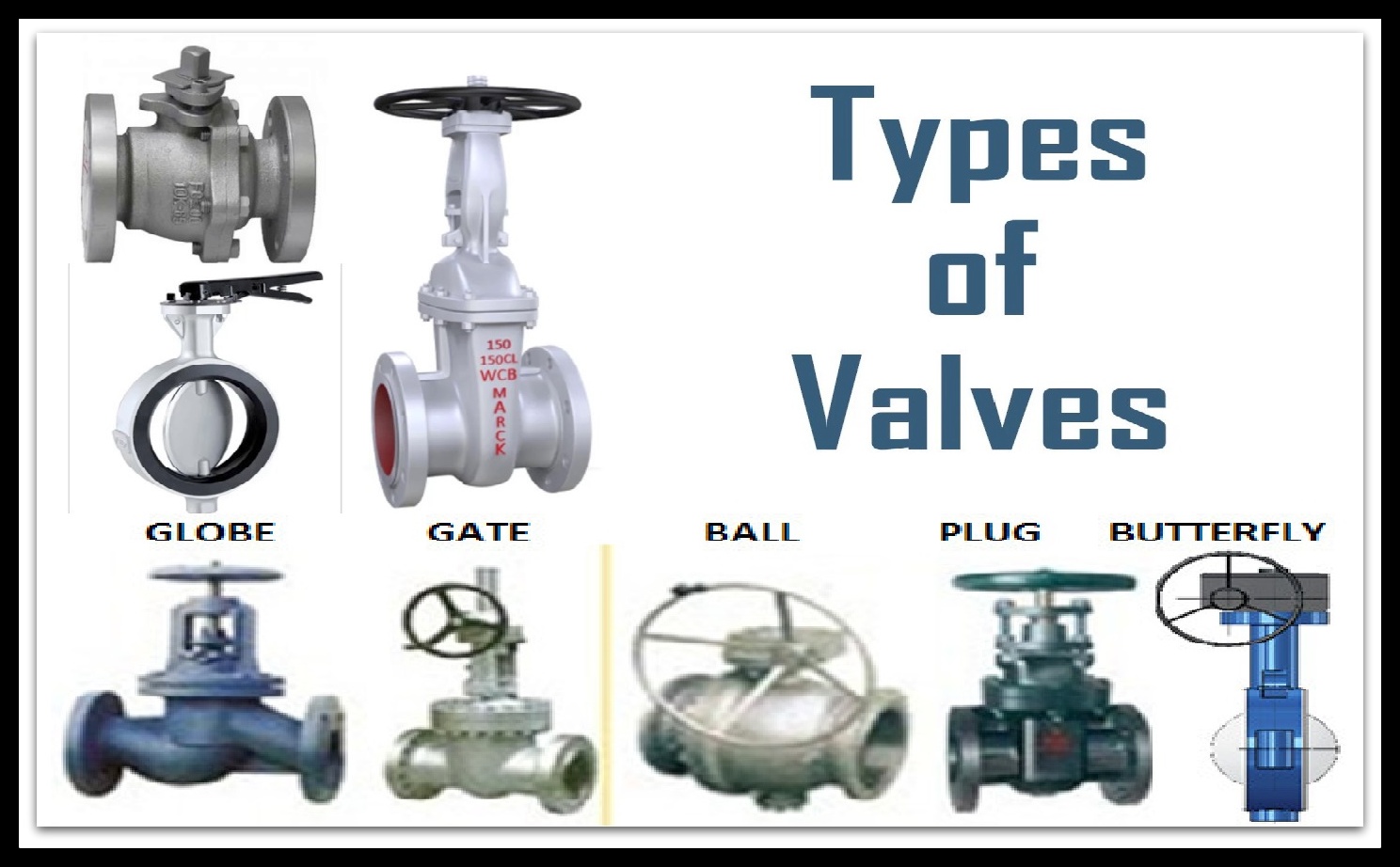


:max_bytes(150000):strip_icc()/GettyImages-1057621140-78ab2e946841421d9a7efeebe02935d2.jpg)
:max_bytes(150000):strip_icc()/water-shut-off-valve-types-2718739-01-b1e2d725b53447a2abc9ac511f7e5da7.jpg)






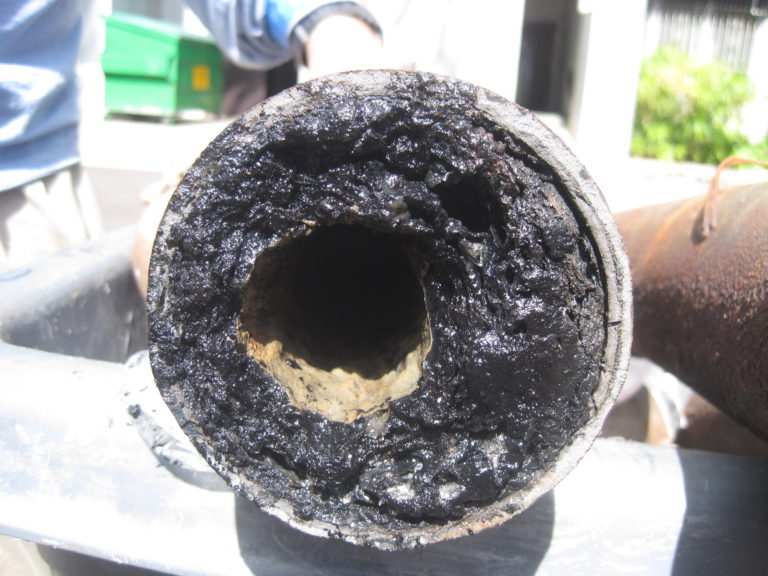






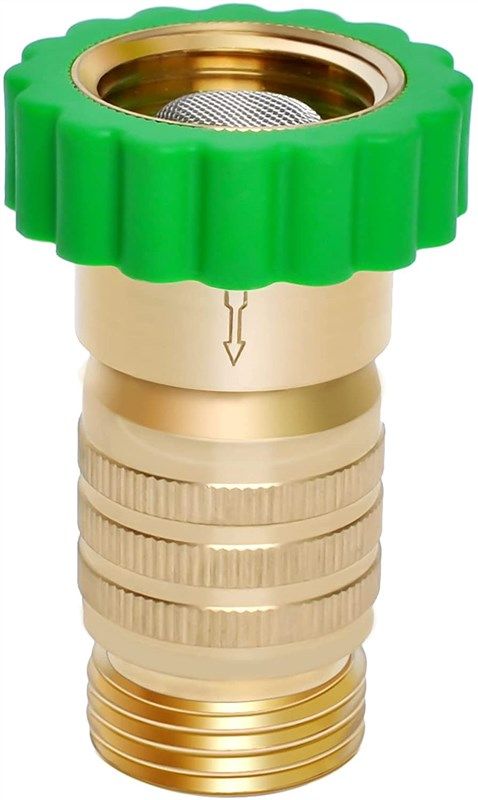


:max_bytes(150000):strip_icc()/the-men-s-hand-opens-the-ball-valve-on-the-collector-1006810456-5c5fc73fc9e77c000159c4af.jpg)
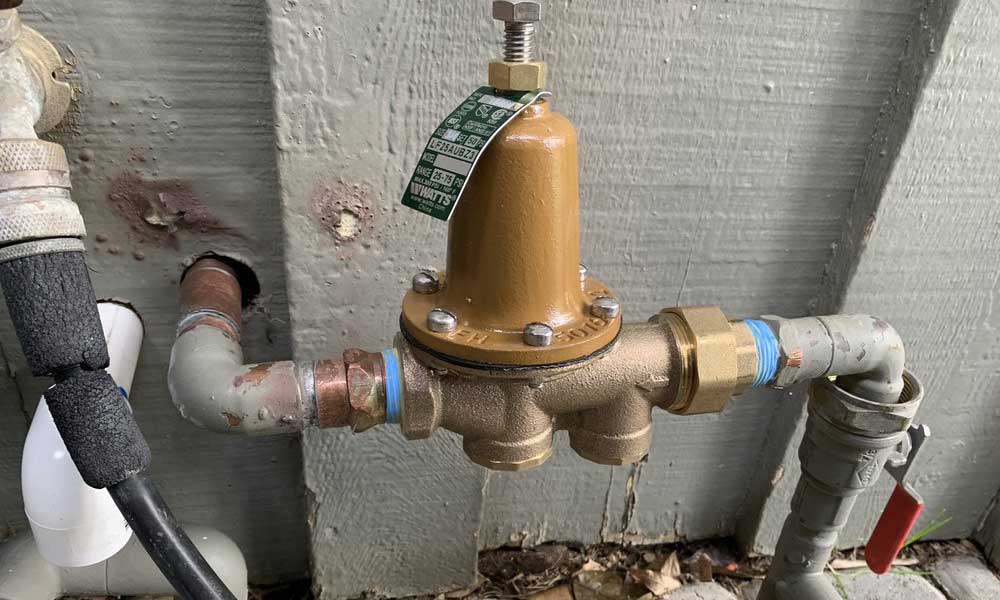

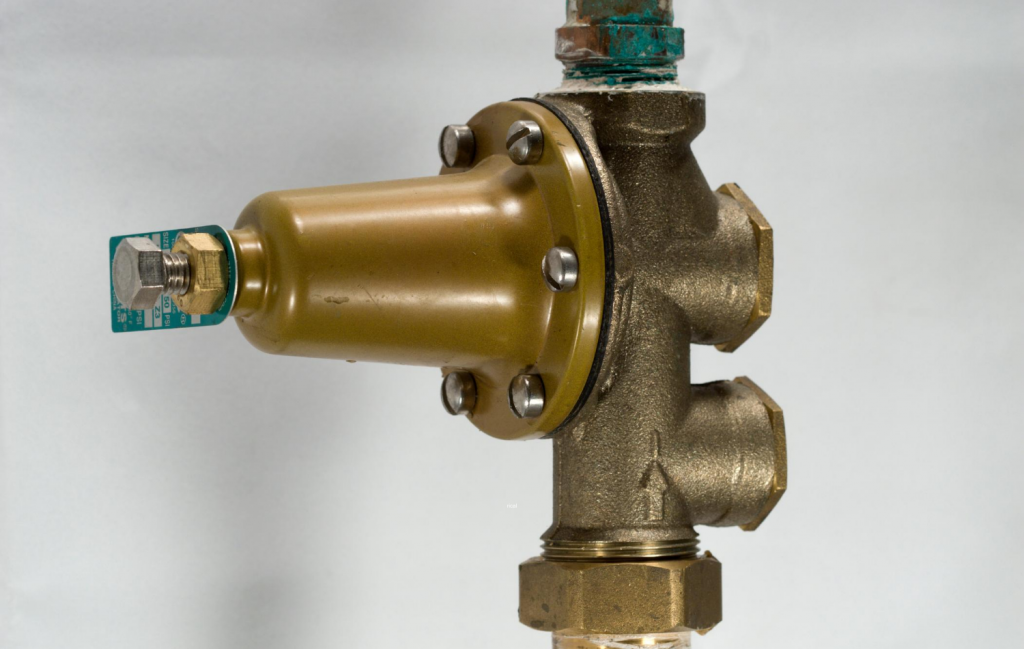








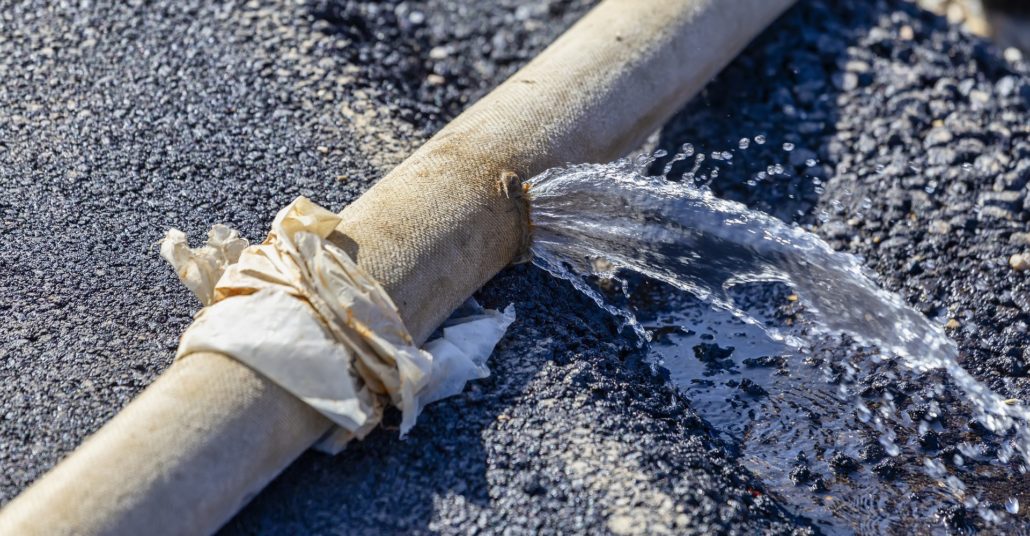

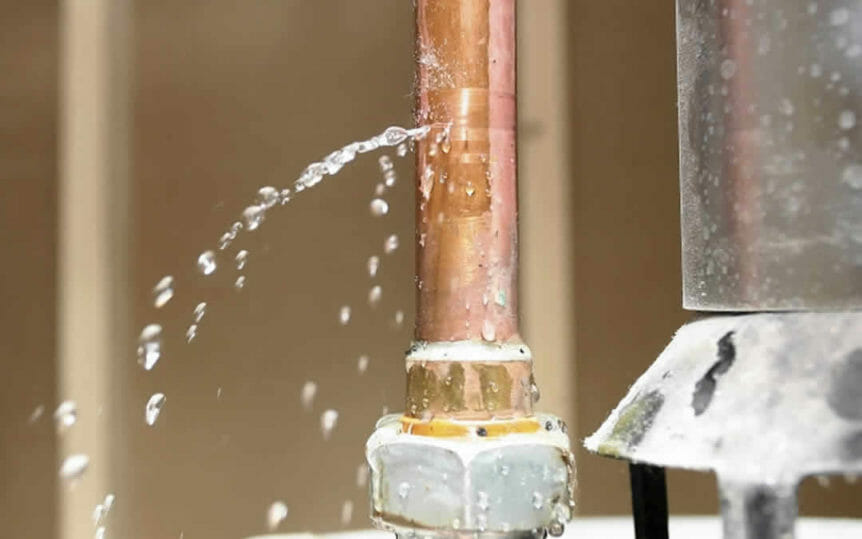
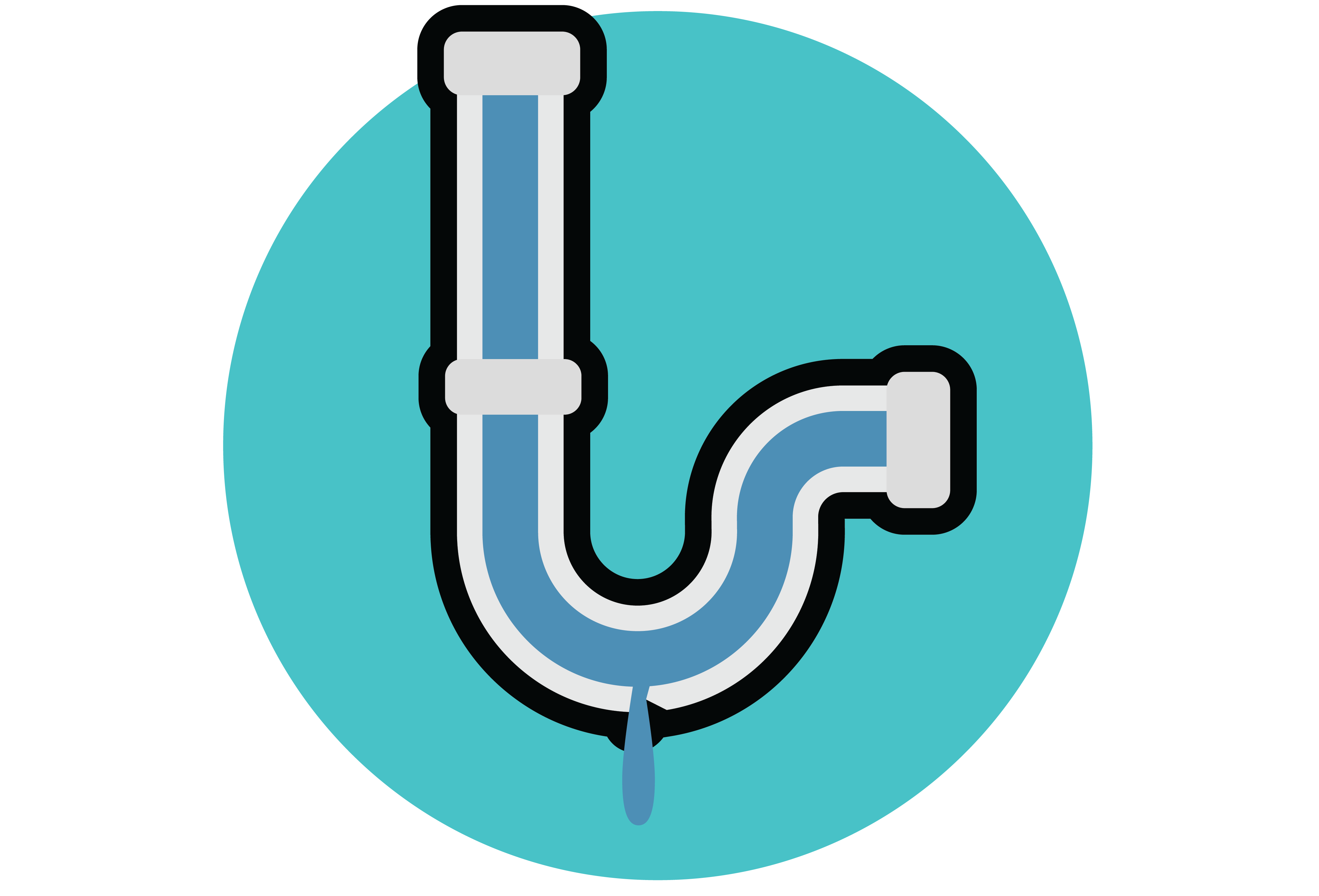
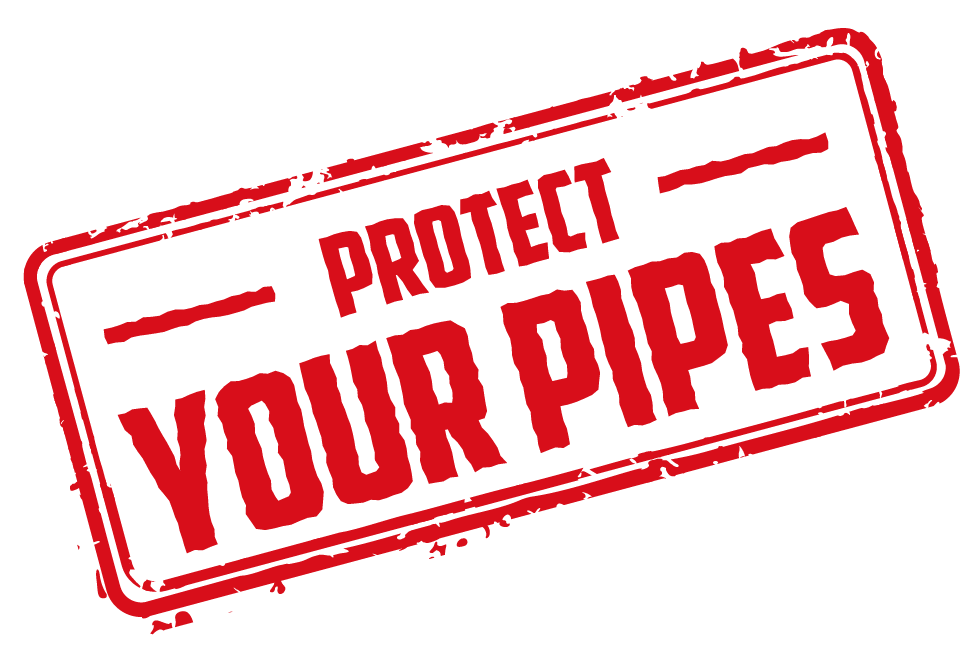
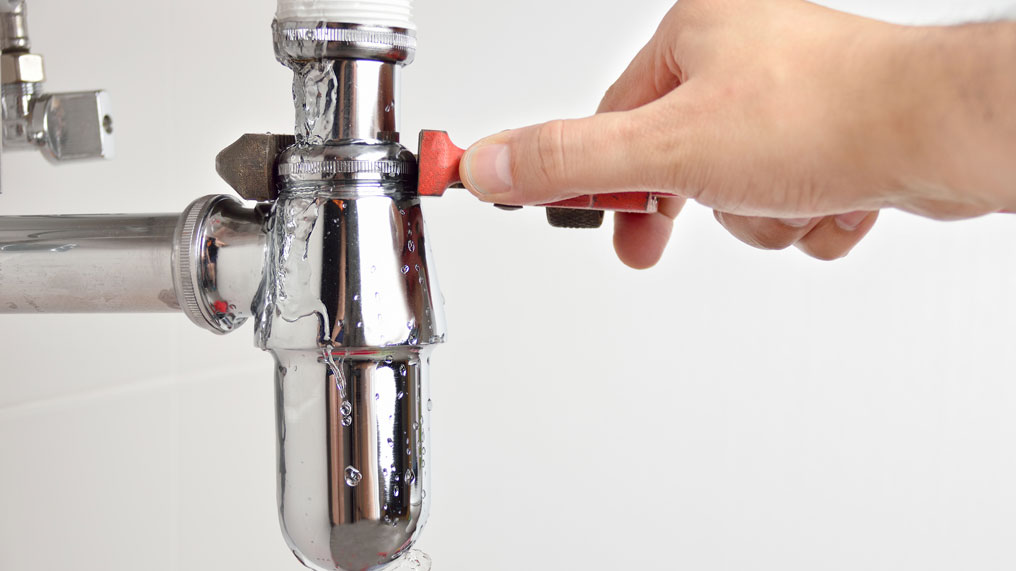
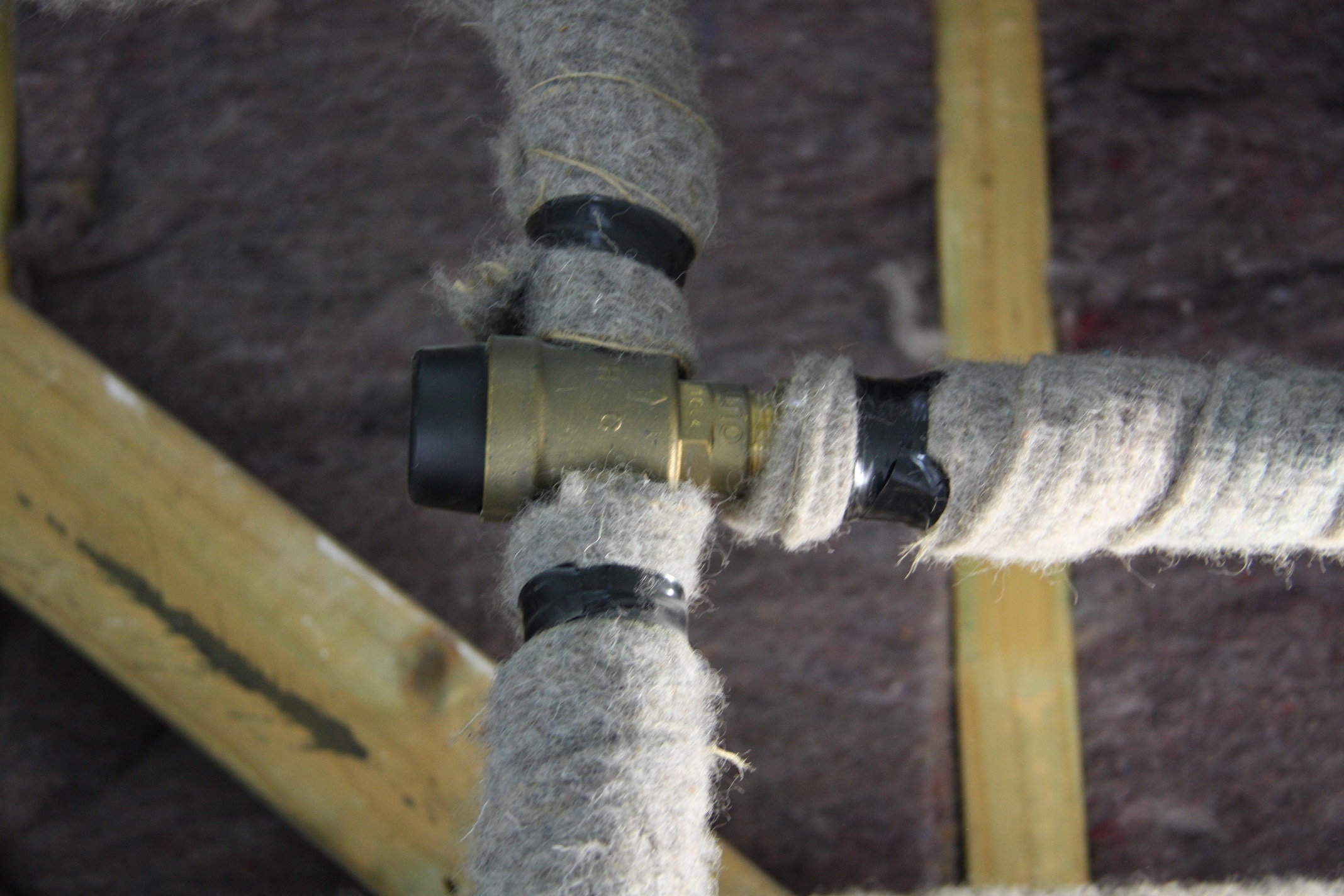

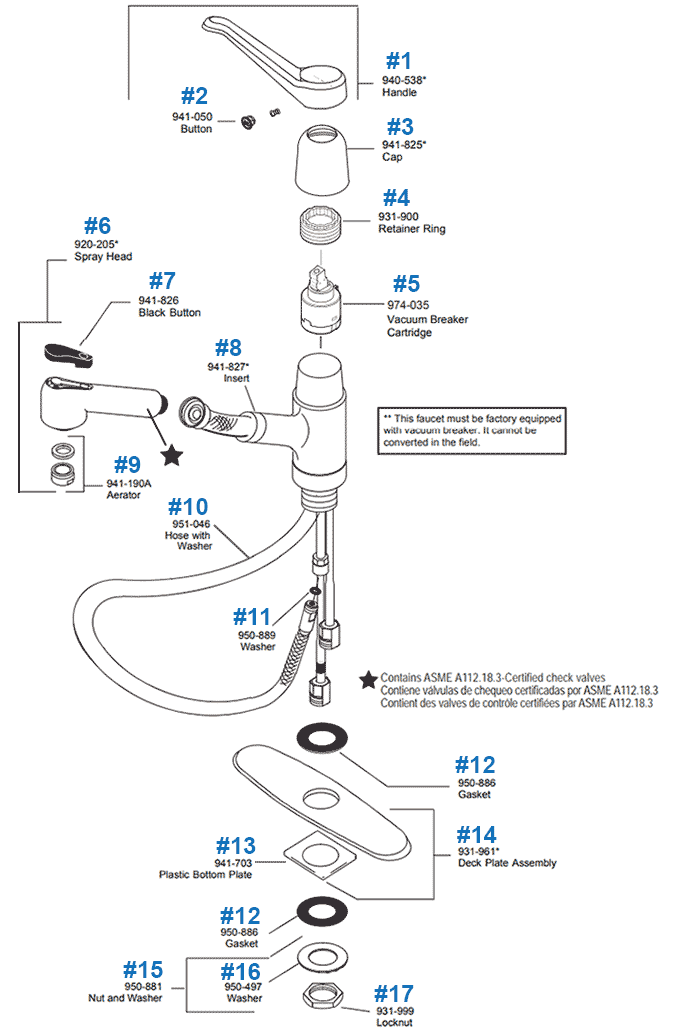
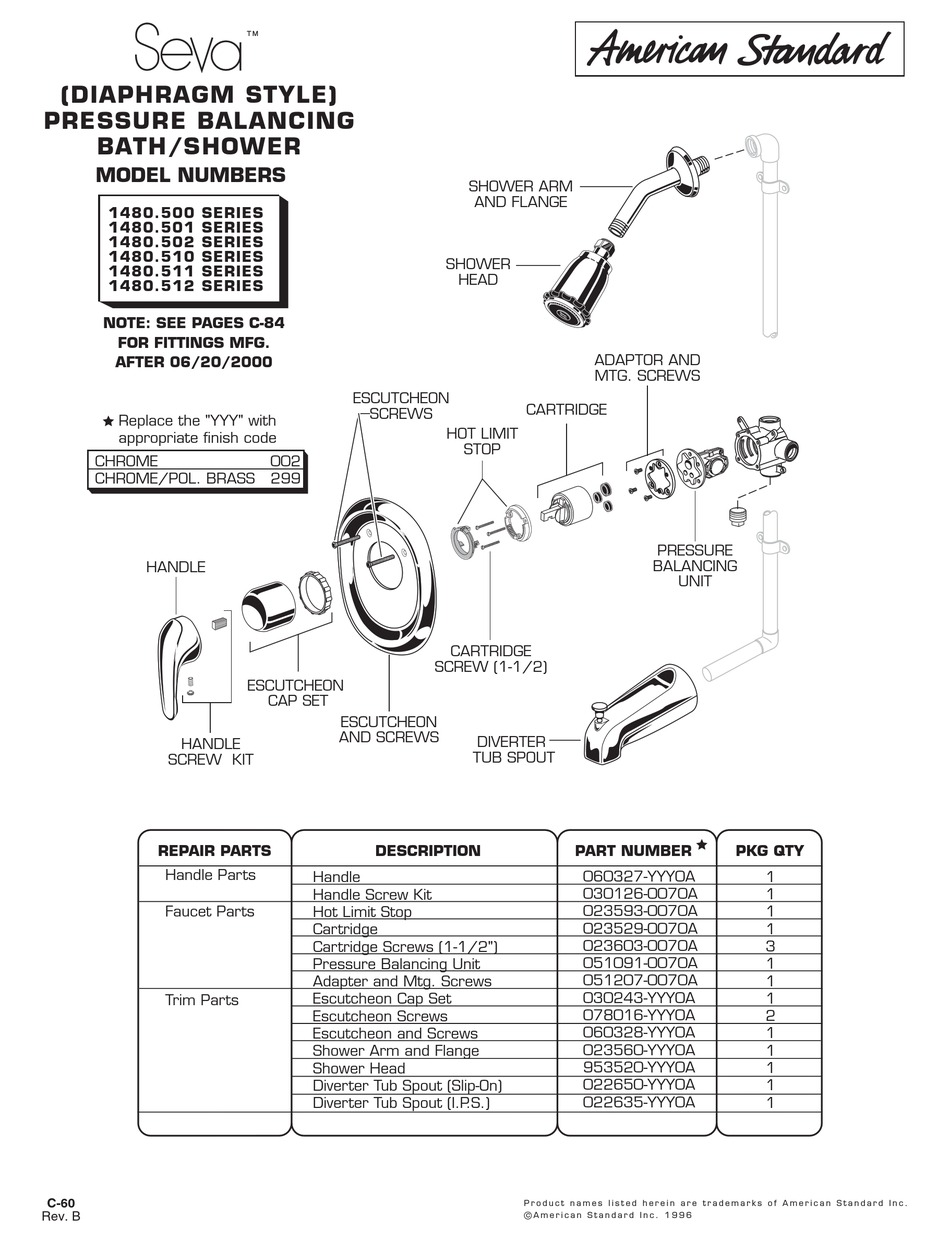








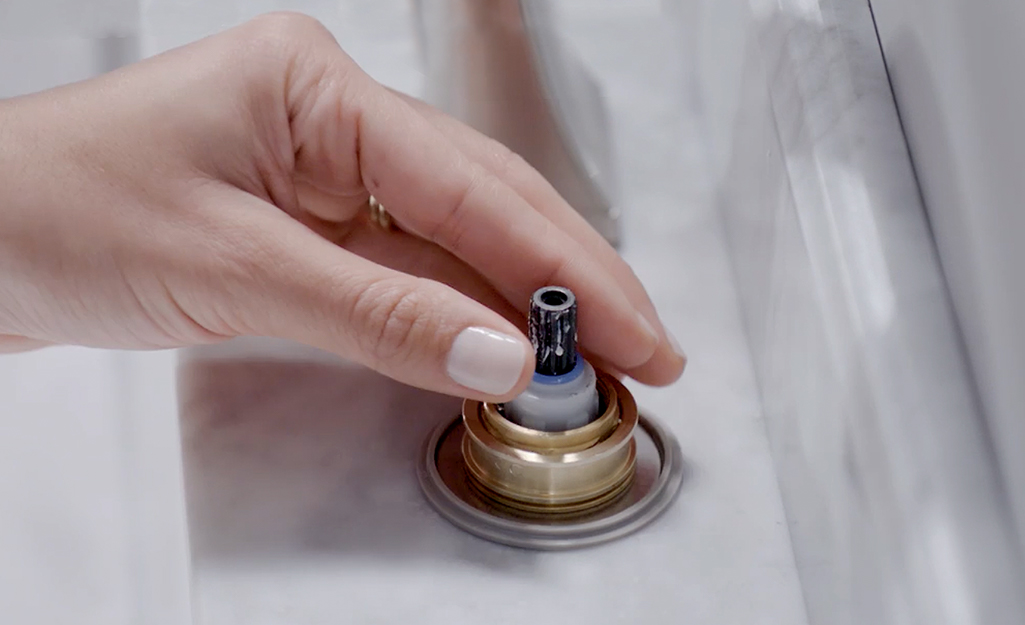




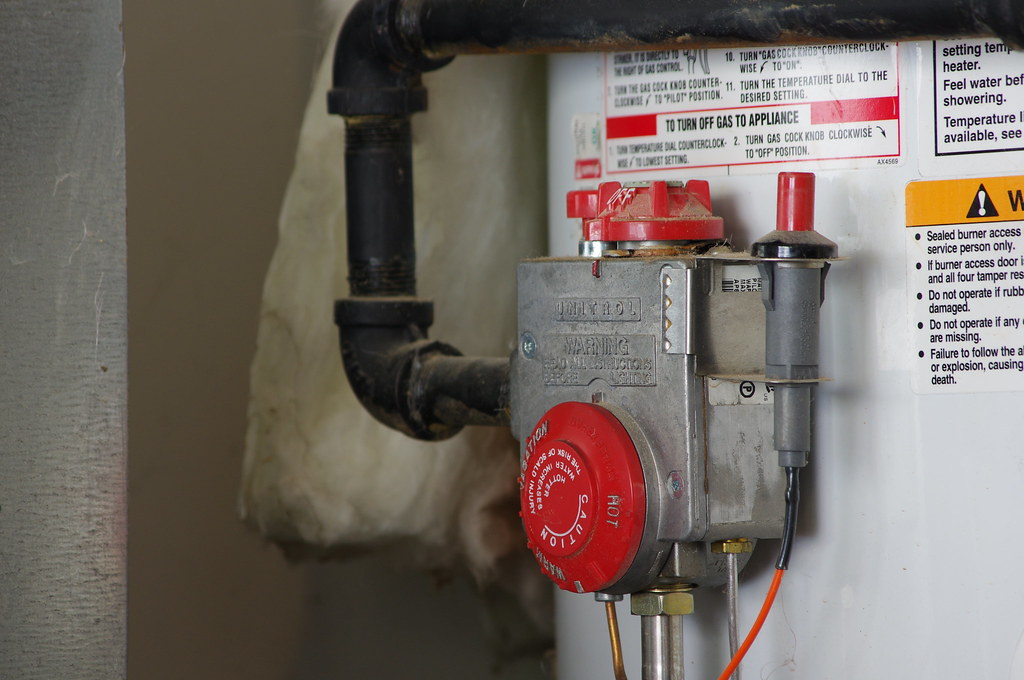




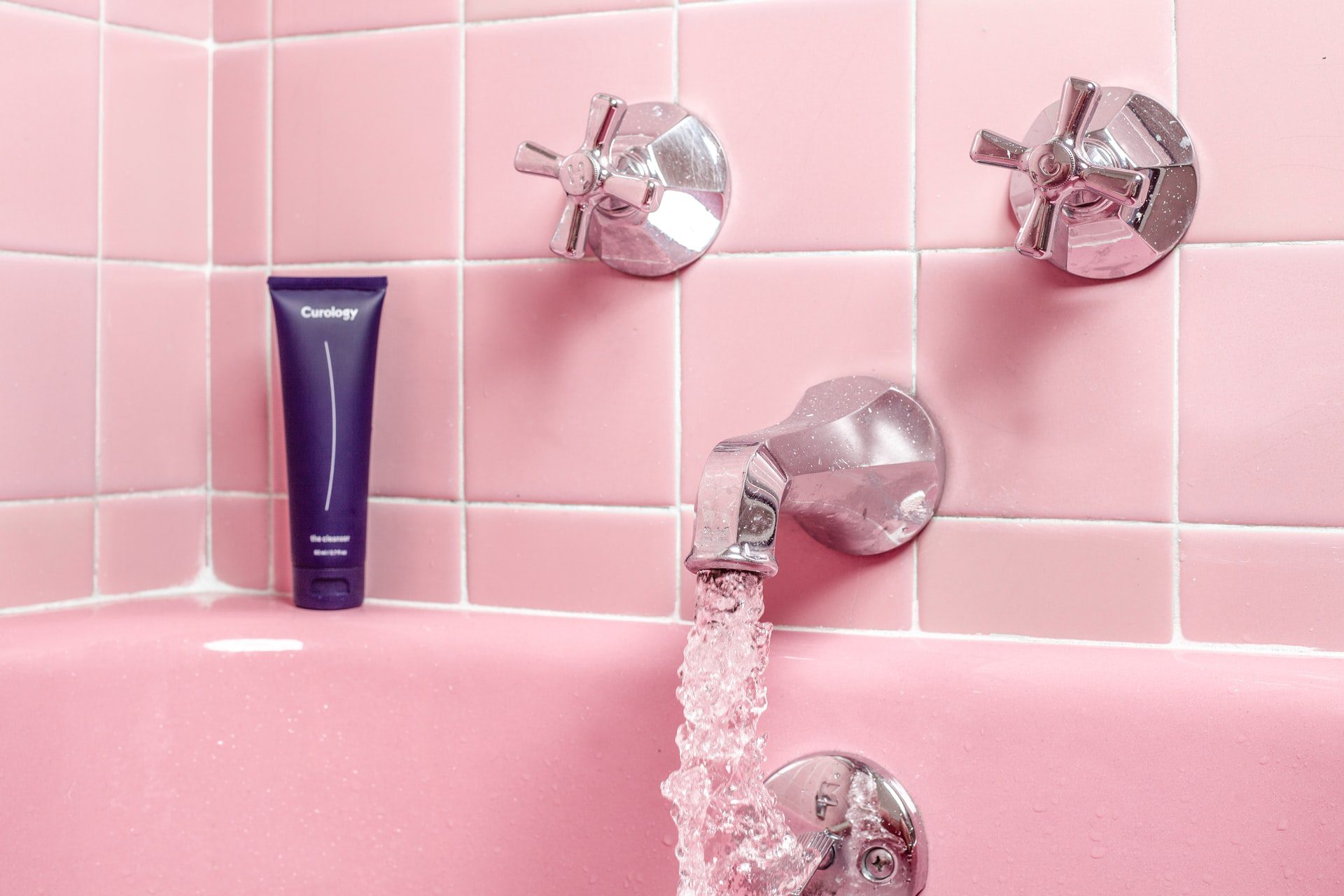

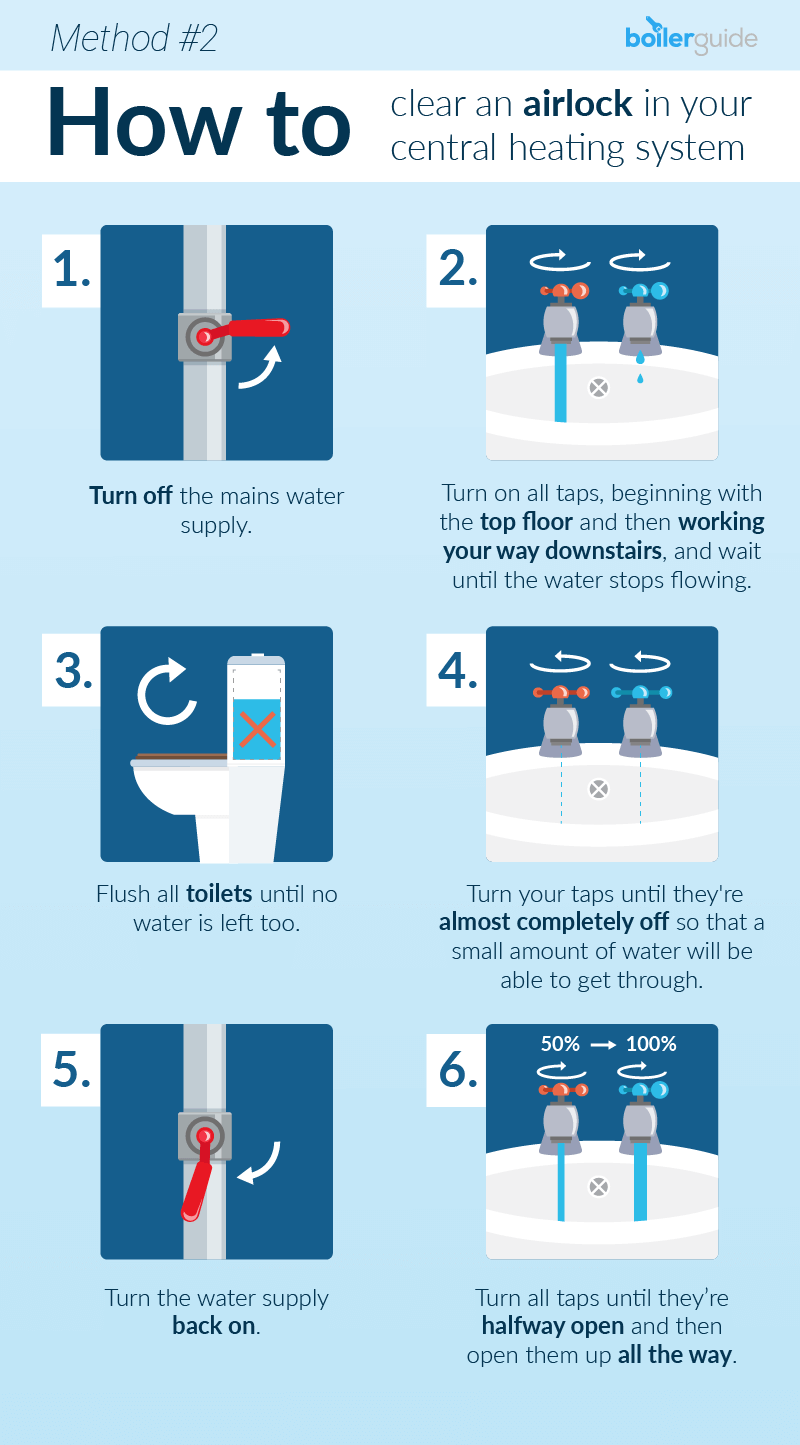











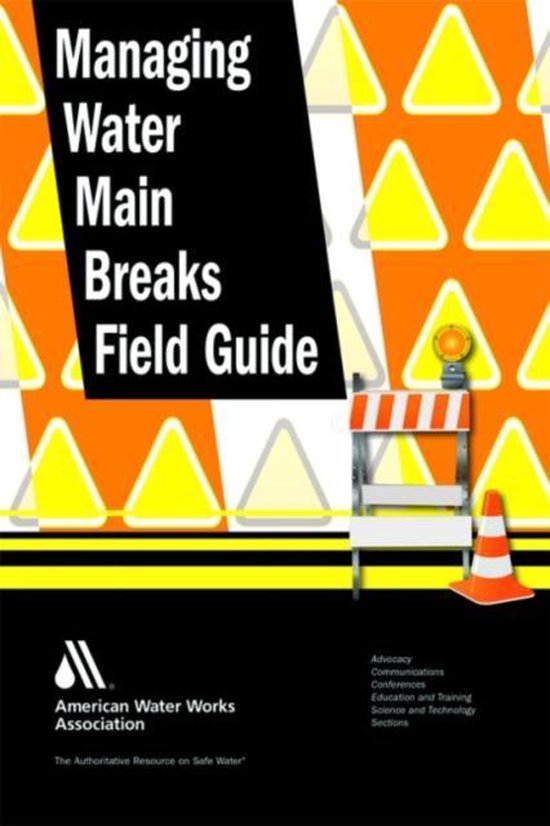
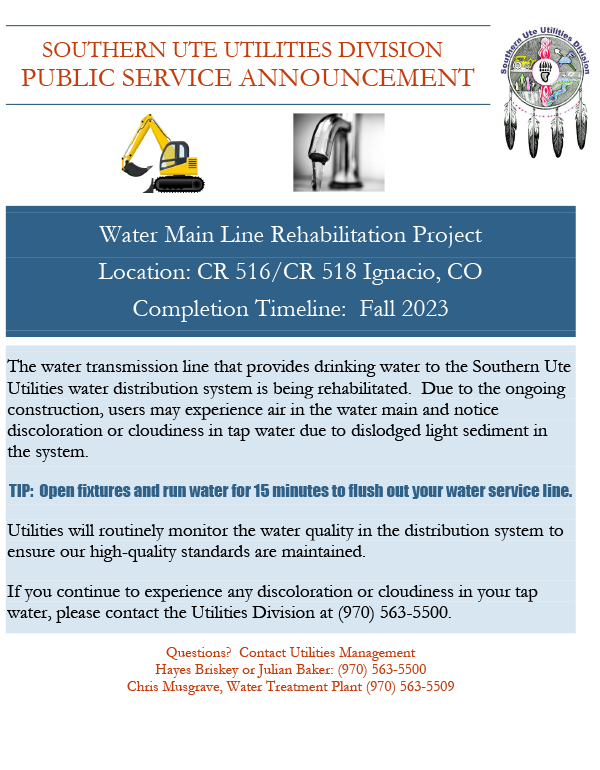
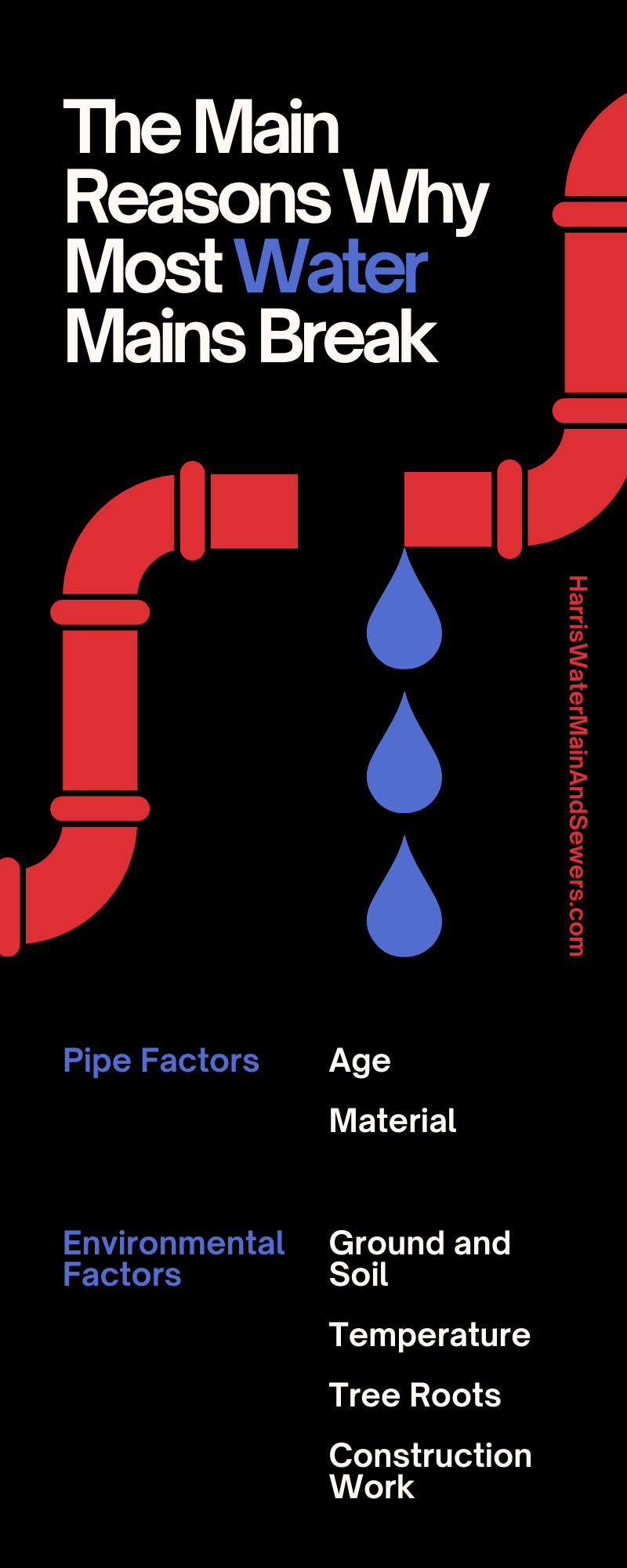
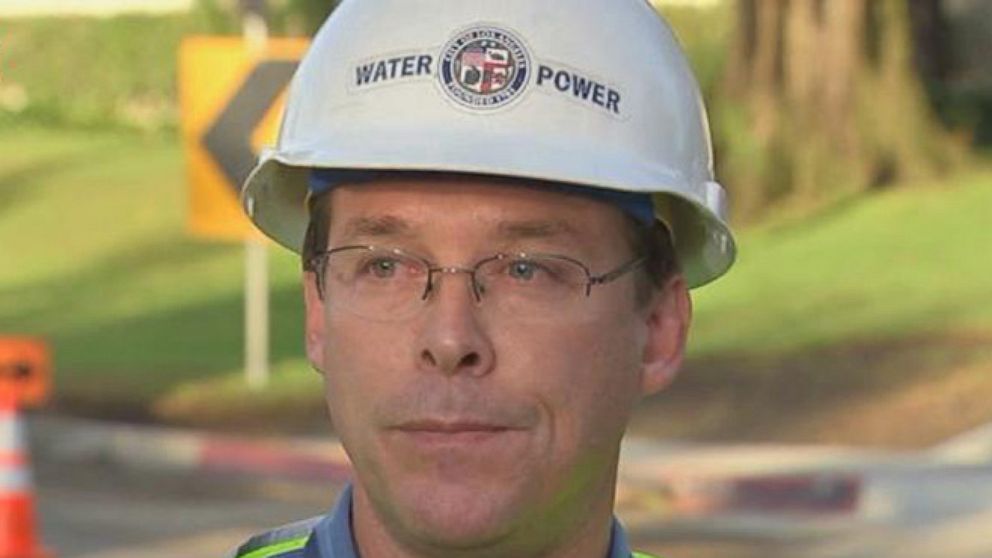


/cloudfront-us-east-1.images.arcpublishing.com/gray/RSKLMIQHXFBT7LGEE4AC2CSWKU.jpg)








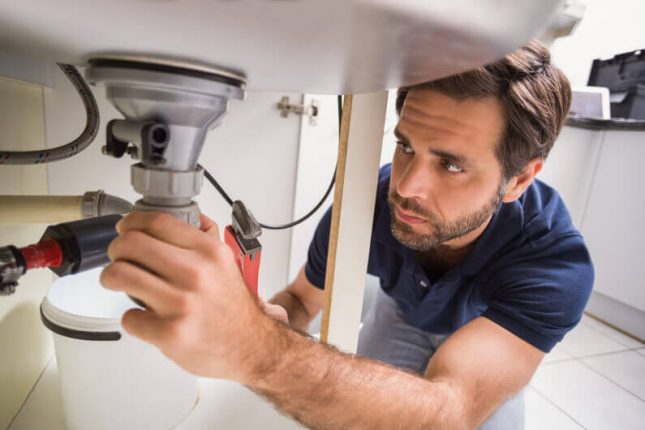

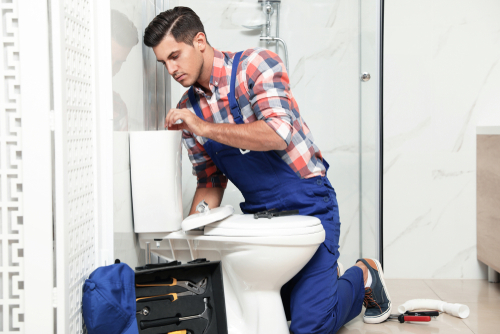



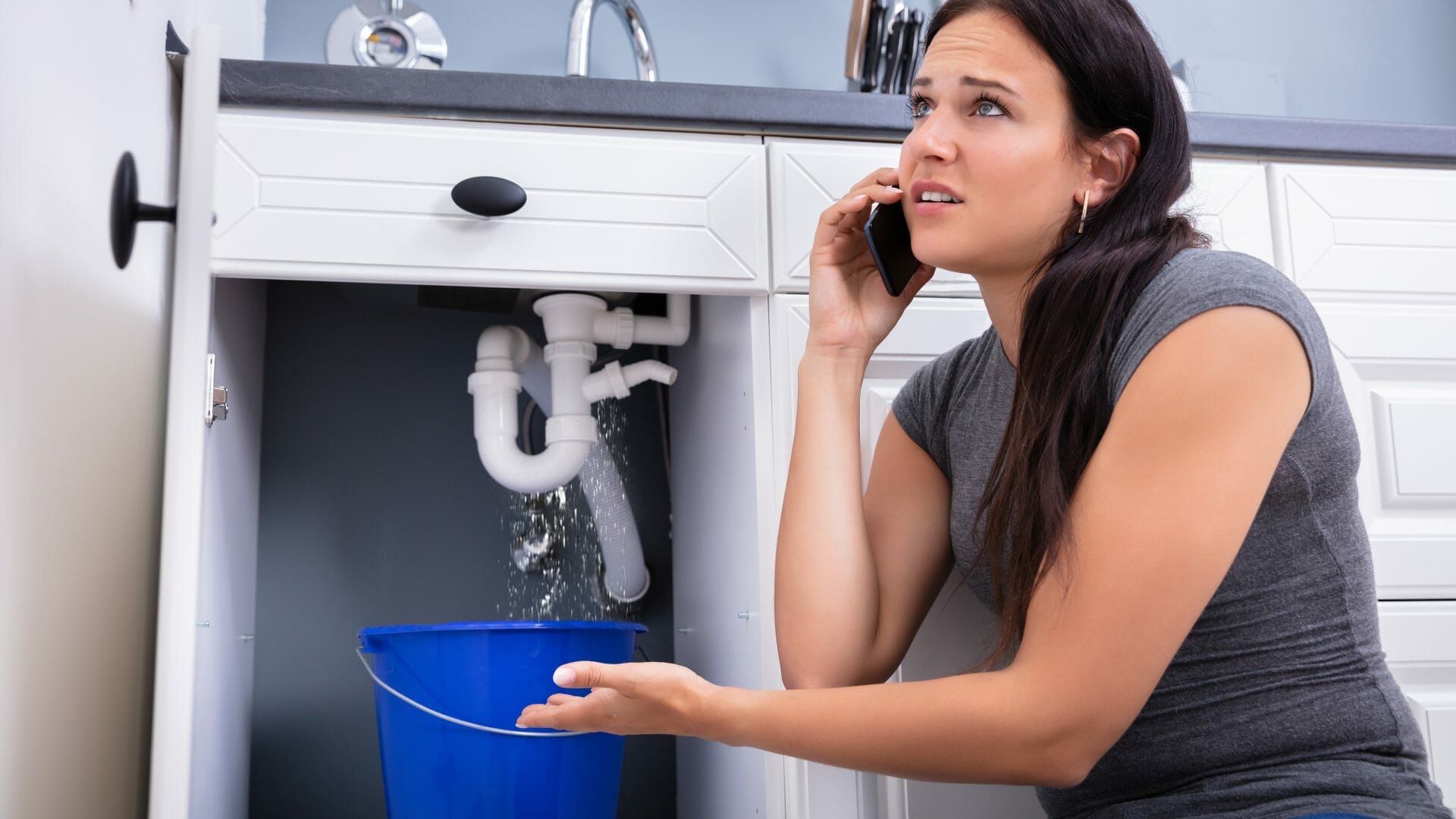


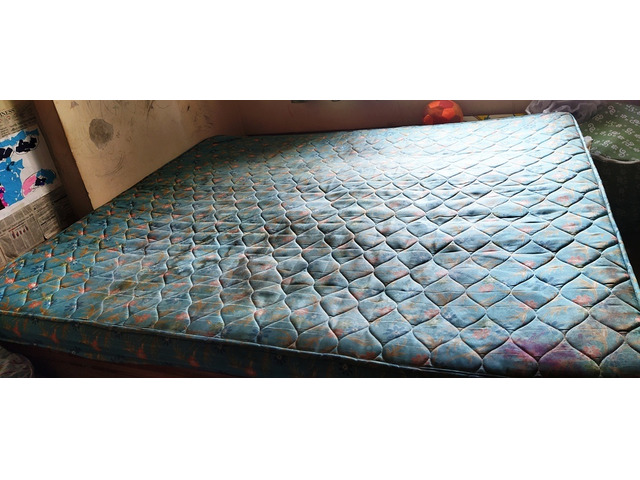

/how-to-install-a-sink-drain-2718789-hero-24e898006ed94c9593a2a268b57989a3.jpg)

